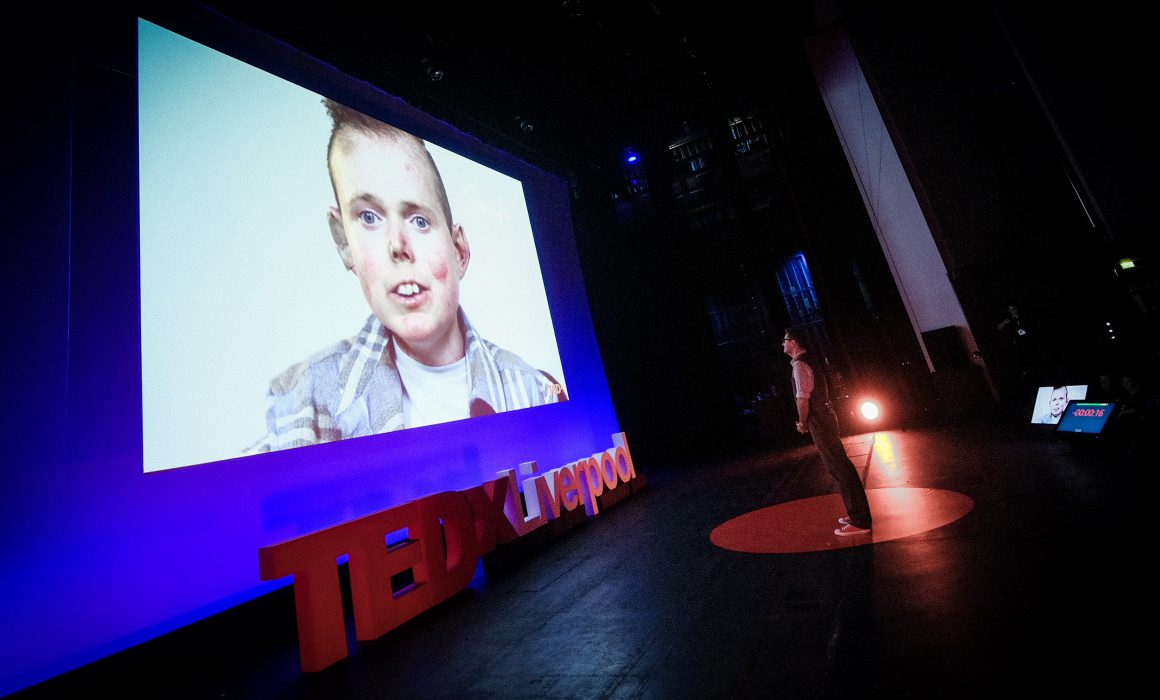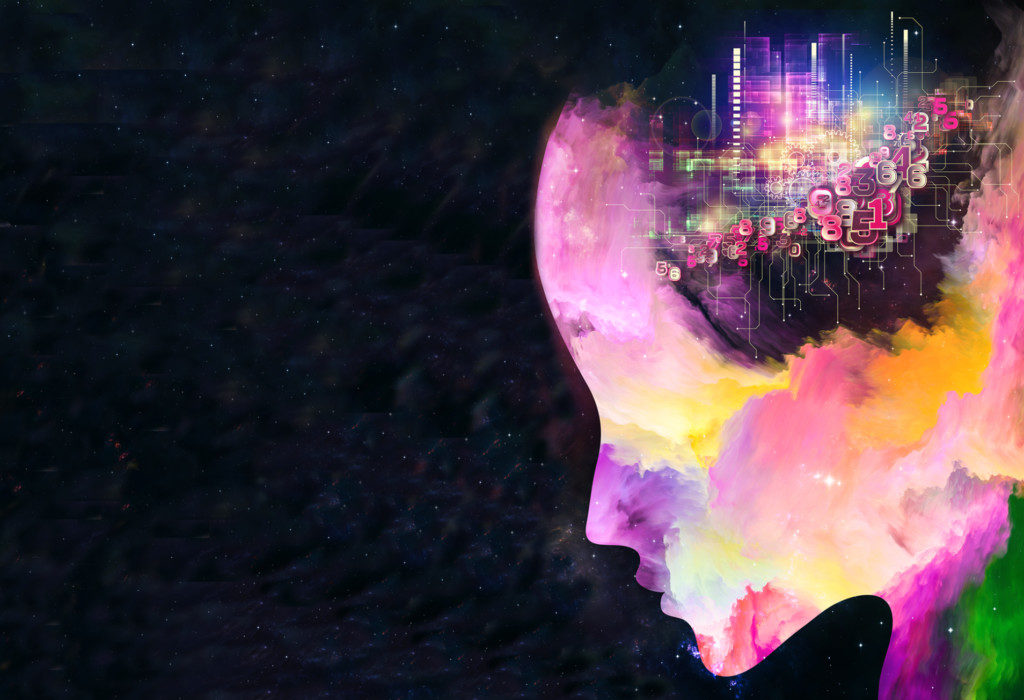10th November 2019, ACC Liverpool Waterfront
The wait is over. Pete’s tribute TEDx to his friend, and collaborator James Dunn, is now live on the official channel. His moving talk told the story of James, from birth all the way to how they met, and collaborated. A story many have agreed is worth telling and sharing.
During the talk Pete uncovers unseen footage of James, as well as sharing pictures James took with the now iconic camera created for him, by Jude Pullen on BBC 2’s Big Life Fix.











Recent Comments